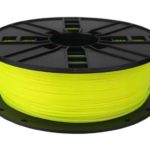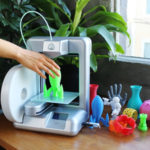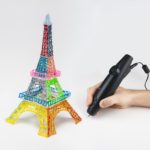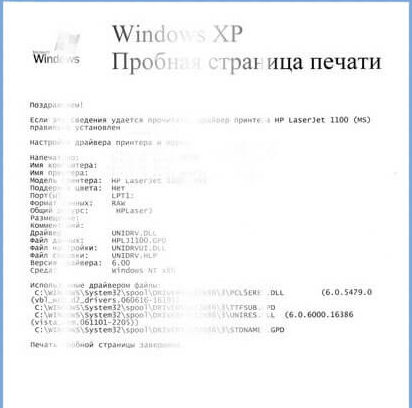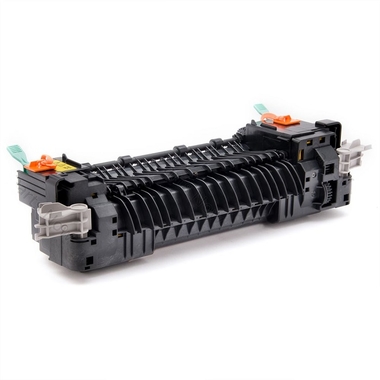Which plastic is better for a 3D printer?
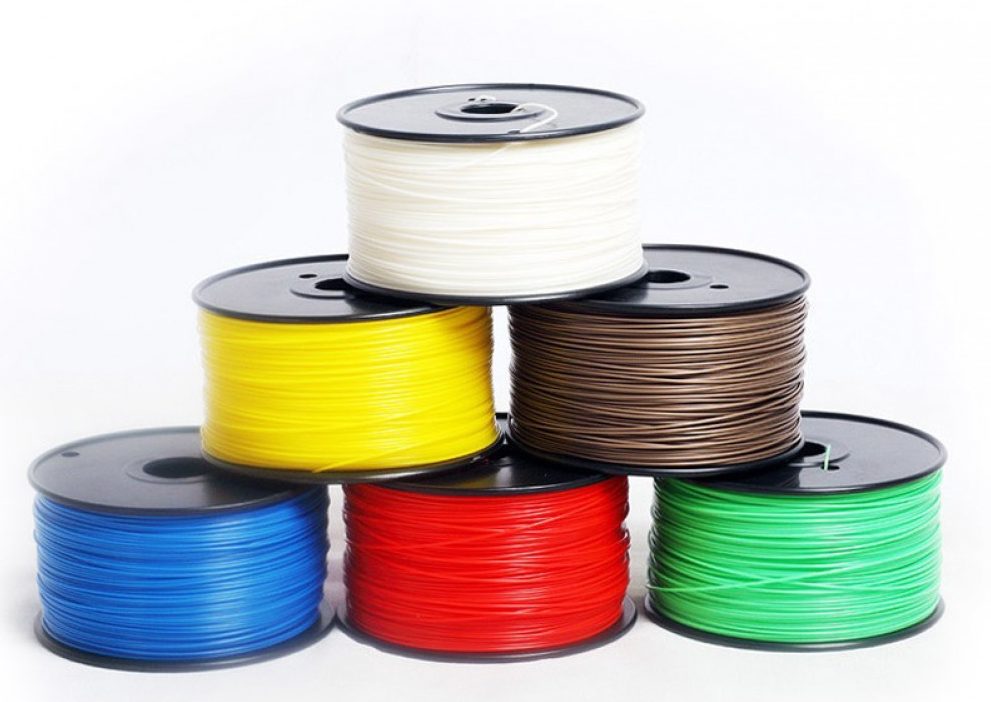 Plastic for a 3D printer (filament) is a hermetically sealed thermoplastic filament. Filaments differ in chemical composition, which makes it possible to create a final product with very different functionality.
Plastic for a 3D printer (filament) is a hermetically sealed thermoplastic filament. Filaments differ in chemical composition, which makes it possible to create a final product with very different functionality.
The content of the article
Types of plastic for 3D printer
Conventionally, materials are divided into three groups:
- Standard;
- Flexible;
- Composite.
Standard plastic is easy to use and has universal physical properties. In this category, there are 6 types that are most popular among users: PLA, ABS, Nylon, PET, ColorFabb nGen, ASA. They are used to create products with different strength and service life in many industries. For example, disposable tableware for the food industry and surgical threads for the medical industry are made from PLA plastic.
Flexible plastic has properties similar to rubber. Used for printing products with high flexibility. The most famous in this group are TPE/RUBBER, TPU, FLEX.
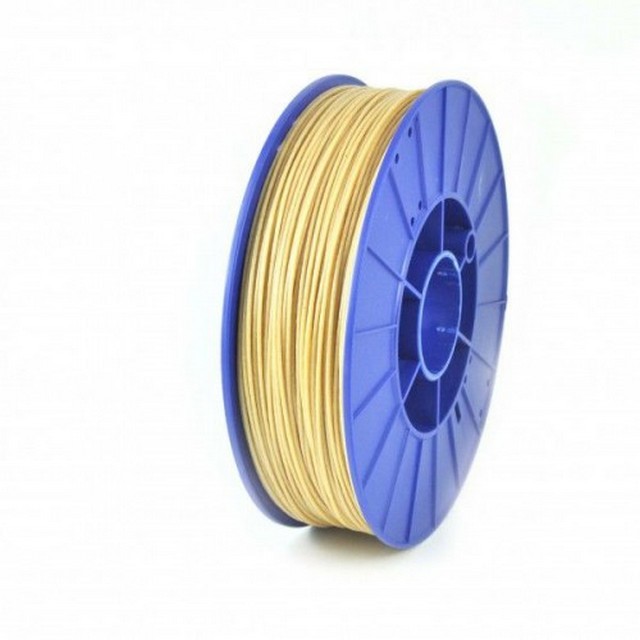
Composite plastics allow you to create unusual products with the properties of plastic. They are based on standard filaments PLA, ABS and others. LAYBRICK, popular in this group, is used to make products that imitate natural stone. Widely used in landscape design. By changing the temperature regime, you can obtain two types of surface: smooth and rough.
A separate group of composites are represented by exotic plastics that imitate wood and metal, conduct electricity, glow in the dark, and change color depending on temperature.
Reference! Filaments for 3D printing are presented in the form of filaments with a diameter of 1.75 mm and 3 mm in a wide range of colors.
Which plastic to choose for a 3D printer
Plastic is selected according to its characteristics, which ensure the properties of the final product:
- Strength. May vary depending on the species. Rated on a 4-point scale. For example, PC polycarbonate has maximum strength (4). Minimum (1) - flexible TPU, very flexible FPE.
- Flexibility. According to the same 4-point system, flexible plastics have (4), the most durable types - Carbon, Ceramic, and medium strength - PLA can have minimal flexibility (1).
- Durability. Most materials have good durability in the range (3-4). The exception is Ceramic for ceramic printing with indicator (1).
- Printing temperature. The amount at which a material becomes flexible enough for extrusion. Depends on the chemical composition of the feedstock. It fluctuates between 180-260°C. Each printer model supports a certain temperature regime, which should be taken into account when choosing plastic.
- Temperature of the printing table. Almost all types undergo deformation (shrink) when rapidly cooled, so the printing table must be heated to a temperature of 20-110°C, depending on the type of filament.
- Difficult to use. Can be low, medium and high. Depends on a combination of factors. PLA has low printing complexity (does not emit odor, is not deformable, and can print without heating the platform).
- Environmental Safety. Depends on the chemical composition. Materials based on renewable biological resources (corn waste, sugar cane) that require less energy consumption for extrusion are considered safe. Processing plastics based on petrochemical products is more energy-intensive and is accompanied by unsafe fumes.
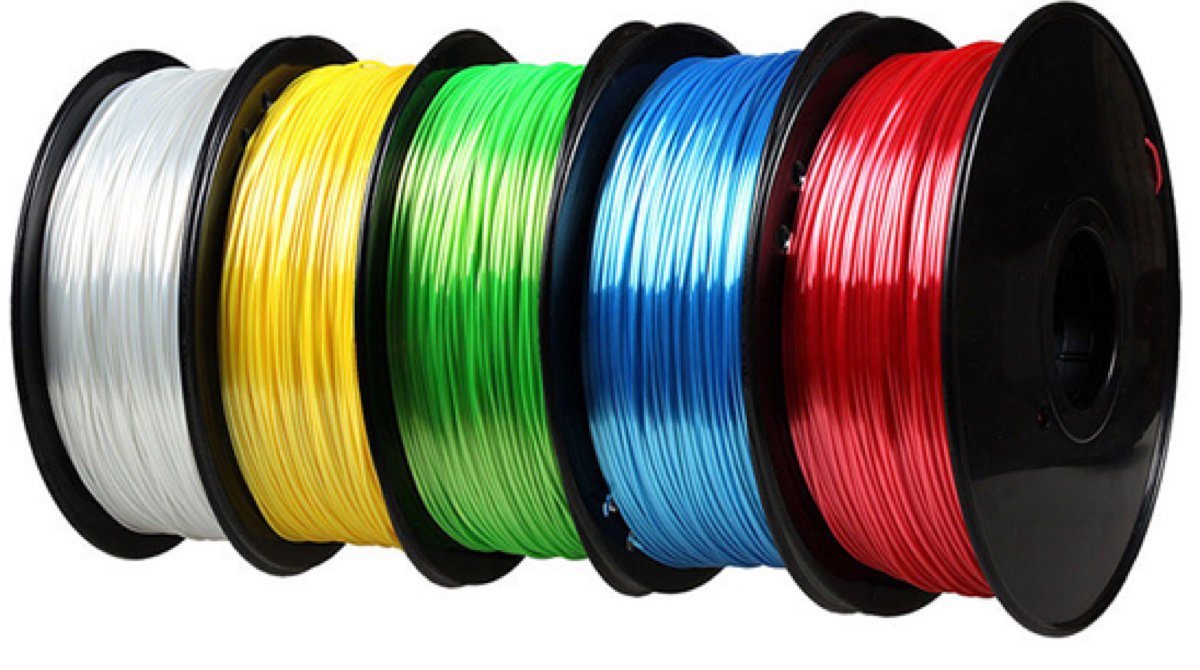
Reference! When choosing a plastic for 3D printing, the following may be additionally taken into account: the degree of shrinkage (deformation) upon cooling, solubility, adhesion, transparency, and weather resistance.
The choice of plastic is made by analyzing the listed properties. For example, PLA with low flexibility is not suitable for the production of phone cases, but filament from the same group ABS with medium flexibility and high strength is considered an excellent choice.
The best plastic models
PLA (polylactic acid) is the most popular filament today, printing which does not require special conditions. For operation, a temperature of 180-230°C is recommended, although 210°C is considered optimal. It can work without heating the table; when heated to 20-60°C, adhesion to the platform improves. The best consumables for 3D printing at home.
Reference! PLA is considered an ideal raw material for the manufacture of products with a minimum service life.
Main advantages:
- high quality prints;
- high printing speed;
- no shrinkage (maximum up to 1%);
- insoluble in alcohol and water.
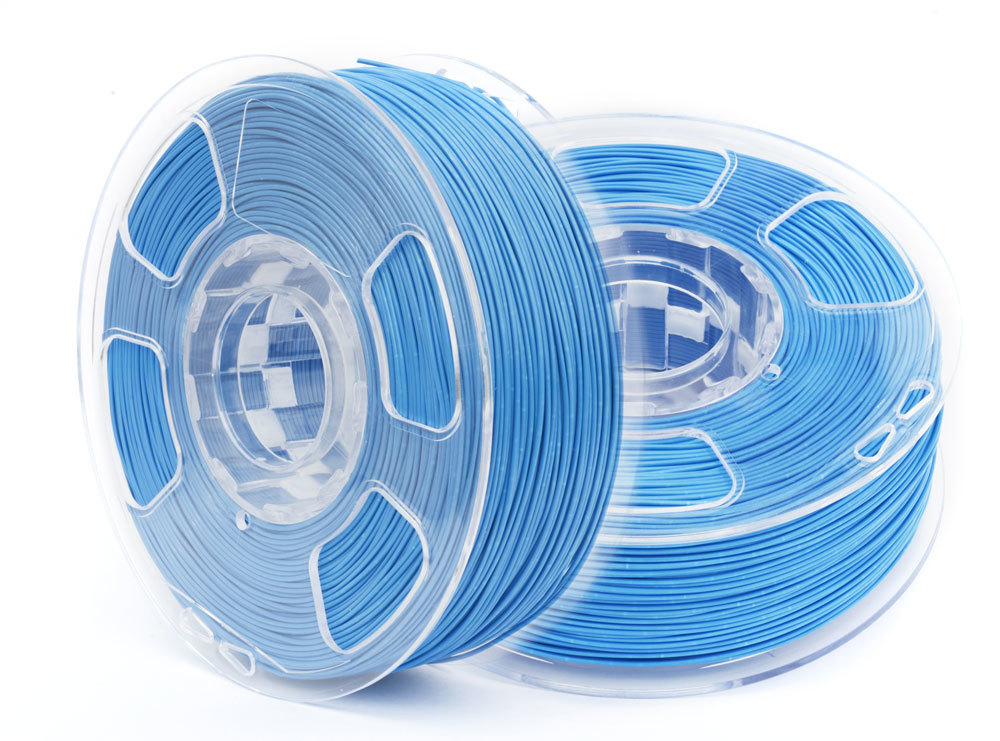
Flaws:
- low strength (compared to ABS);
- deformation with minimal effort;
- hygroscopicity, leading to moisture accumulation, reducing the shelf life of products.
ABS (acrylonitrile butadiene styrene) - before the advent of PLA, it was the leader in demand. Lost due to more difficult printing conditions - operating temperature - 210-250°C, platform heating - 80-110°C.Plus, slow cooling is required due to possible deformations.
Advantages:
- long service life of products;
- resistance to shock and high temperatures;
- good flexibility.
Reference! ABS is considered a universal material for the production of products that are subject to frequent installation/disassembly, heating, and falls (phone cases, electrical appliance housings, Lego bricks, plain bearings, motorcycle helmets).
Flaws:
- more complex printing;
- compression during cooling;
- Printing fumes harmful to humans, requiring room ventilation.
ColorFabb nGen is a good option for non-professional 3D printers. Prints at different speeds, does not emit fumes even at a temperature of 260°C, and has high thermal stability. The products have a beautiful appearance.
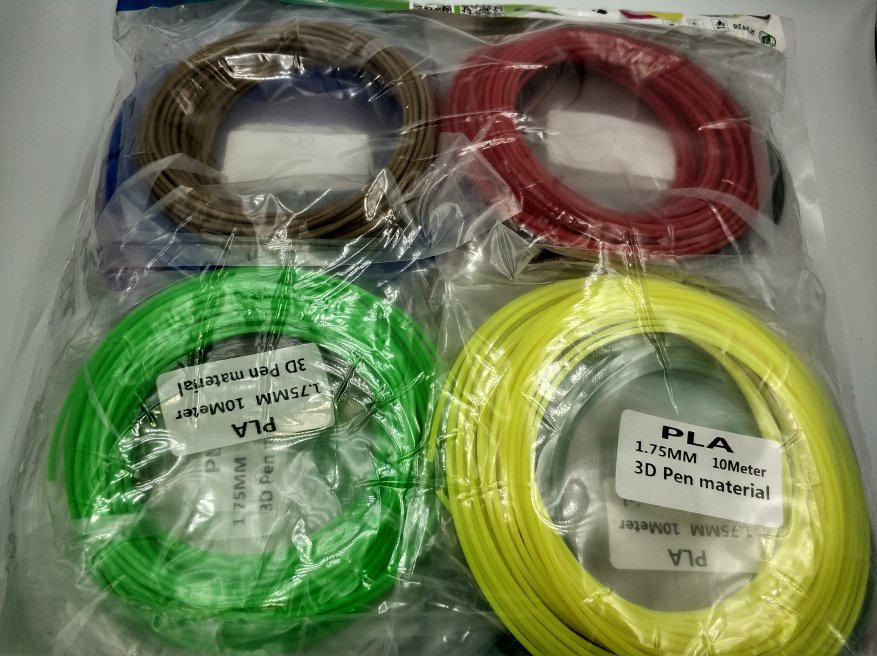
PET (polyethylene terephthalate) is the most used plastic in the world. In terms of strength, it belongs to the professional class. Has low difficulty of use. Does not shrink, does not emit harmful fumes. Used to produce food containers, tool boxes, individual parts and housings.

